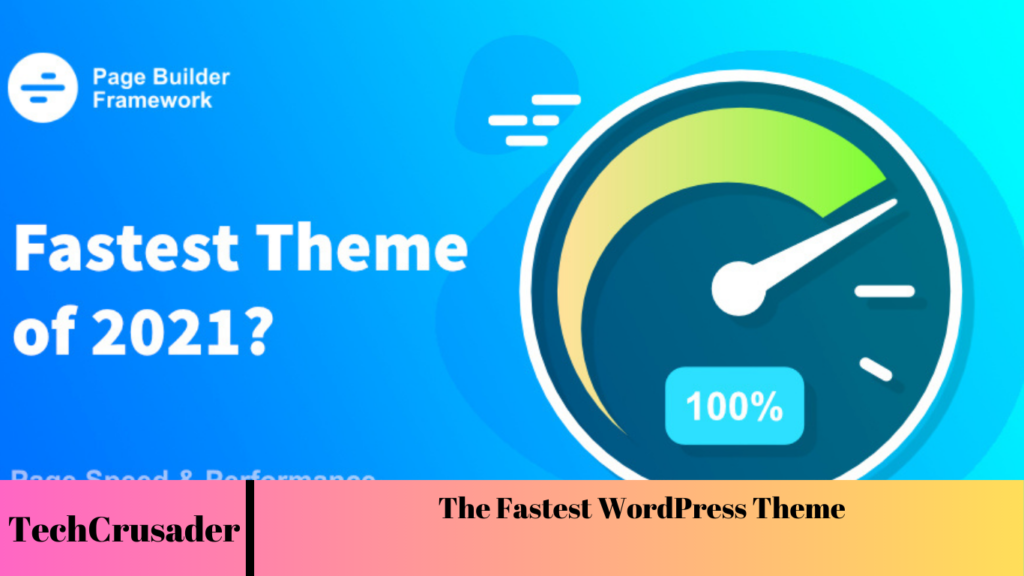In today’s digital age, web content serves as the backbone of online engagement, influencing how brands connect with their audiences, build credibility, and drive conversions. High-quality content isn’t just about filling up space—it needs to resonate with readers while aligning with search engine optimization (SEO) principles to ensure visibility. Crafting compelling web content is both an art and a science, requiring a balance of creativity, clarity, and strategic SEO techniques to engage readers and appeal to search engines.
This guide will walk you through essential techniques for writing effective web content, from structuring content with user experience in mind to integrating keywords in a way that feels natural and helpful. By understanding how to create reader-friendly, SEO-optimized content, you can boost your brand’s online presence, increase audience retention, and build trust with your readers.
The Key Components of High-Quality Web Content
1. Structured Content for Better Readability
In web content, structure is crucial. Many readers scan articles rather than reading them word-for-word, so it’s essential to use headings, subheadings, and bullet points to create a digestible flow. Breaking down content into logical sections with clear H2 subheadings not only enhances readability but also helps search engines better understand the organization and relevance of your content.
- Headings and Subheadings (H1, H2): Use an H1 for your main title, and H2 headings for subtopics. This helps with readability and is a positive SEO signal.
- Bullet Points and Lists: These elements make content more visually appealing and are easier for readers to scan.
- Short Paragraphs: Aim for paragraphs with 3–4 sentences to avoid overwhelming readers. This keeps their attention focused on the message.
2. Writing in an Engaging, Reader-Friendly Style
Content should be informative yet easy to understand, avoiding jargon and complex language. Aim to communicate clearly, using a conversational yet professional tone that resonates with your target audience. Provide relevant examples, practical tips, or case studies where possible to enrich the reader’s experience and add depth to your content.
- Personal Connection: Engage readers by addressing them directly and using “you” where appropriate.
- Avoid Redundancy: While elaboration is valuable, it’s important to avoid redundancy. Each paragraph should introduce new information or insights to maintain the reader’s interest.
Enhancing SEO with Keywords and Best Practices
1. Keyword Integration
Strategic keyword usage is essential for boosting your content’s visibility on search engines. Integrate primary and secondary keywords naturally within the title, subheadings, and throughout the body of the content without disrupting the flow. Keywords should complement your writing rather than overpower it.
- Keyword Placement: Include keywords in the title, first paragraph, and subheadings. Distribute them throughout the article, aiming for a keyword density of about 1–2%.
- Long-Tail Keywords: These are more specific phrases that often indicate user intent. Including long-tail keywords can help attract targeted traffic with a higher likelihood of conversion.
2. Meta Descriptions and Image Alt Text
Meta descriptions and image alt text contribute to SEO by providing search engines with additional context. Write meta descriptions that accurately summarize the content in 160 characters or fewer and incorporate keywords without being overly promotional.
- Meta Description: Summarize the main topic in a concise and engaging way. This snippet appears in search engine results and can influence click-through rates.
- Alt Text for Images: Describe images using keywords where relevant. This not only supports SEO but also enhances accessibility for users relying on screen readers.
Frequently Asked Questions (FAQs)
1. What is the ideal word count for web content?
Aim for at least 800–1,000 words for comprehensive topics, but prioritize quality and relevance over word count. Each topic’s depth should guide the word count.
2. How do I choose the right keywords?
Use keyword research tools to find high-traffic, low-competition keywords related to your topic. Consider long-tail keywords for more targeted audience engagement.
3. What is the importance of meta descriptions?
Meta descriptions provide a summary of your content in search engine results, influencing click-through rates. Keep it concise and relevant to attract readers.
4. How can I improve readability for my web content?
Use headings, short paragraphs, bullet points, and a conversational tone. This structure helps readers scan the content easily.
5. How often should I update web content for SEO?
Updating content periodically—every six months or so—ensures relevance and helps maintain or improve rankings by aligning with current SEO trends and reader needs.
Conclusion
Effective web content writing combines clear communication with strategic SEO techniques, offering readers value while also appealing to search engines. By organizing your content, writing in an engaging style, and optimizing with the right keywords, you can improve visibility and encourage readers to engage with your content. Ultimately, the goal is to create content that is not only informative and compelling but also aligned with search engine best practices, ensuring long-term online success.
